Dance in Poland
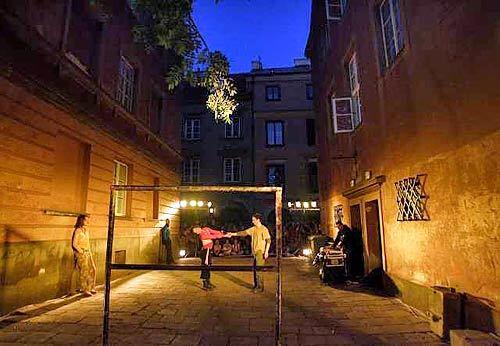
A performance of “Slam” is produced in a Warsaw alley that’s both a stage and a prop for the contemporary piece. (Piotr Malecki / For The Times)
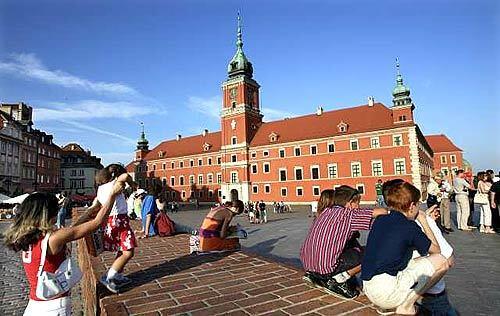
Reduced to rubble in World War II, the Royal Castle in central Warsaw was home to kings and queens in the 17th and 18th centuries, followed by Polish presidents. It has been meticulously rebuilt, restoring a sense of continuity to the capital city. (Piotr Malecki / For The Times)
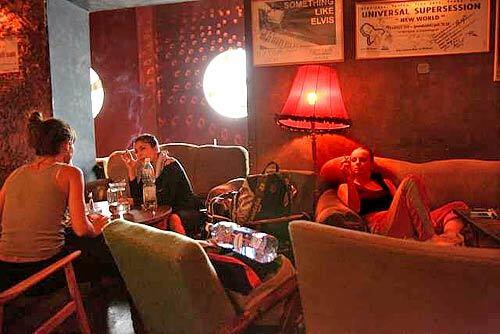
Dancers Beata Chren, left, Emanuel Zolkowska and Agnieszka Bura of the Silesian Dance Theatre relax in a cafe after workshops in Bytom, Poland. (Piotr Malecki / For The Times)
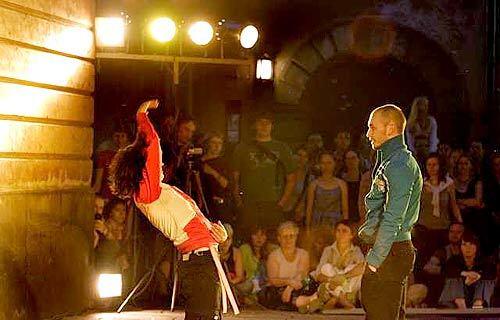
Bretoncaffe dancers Anna Godowska and Janusz Skubaszewski perform in a Warsaw alley where the audience watches for free. (Piotr Malecki / For The Times)
Advertisement
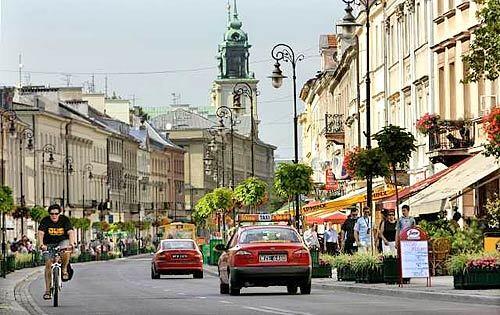
Nowy Swiat street in central Warsaw is part of the historical Royal Road from the Old Town to the Wilanow royal residence. The Polish capital nearly was destroyed in World War II, but, rebuilt, has emerged as a bold and lively cultural center. (Piotr Malecki / For The Times)
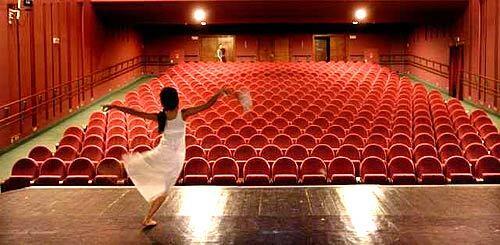
Michalina Rudek rehearses in Bytom, Poland, where the critically well-received Silesian Dance Theatre performs two or three times a month. (Piotr Malecki / For The Times)



